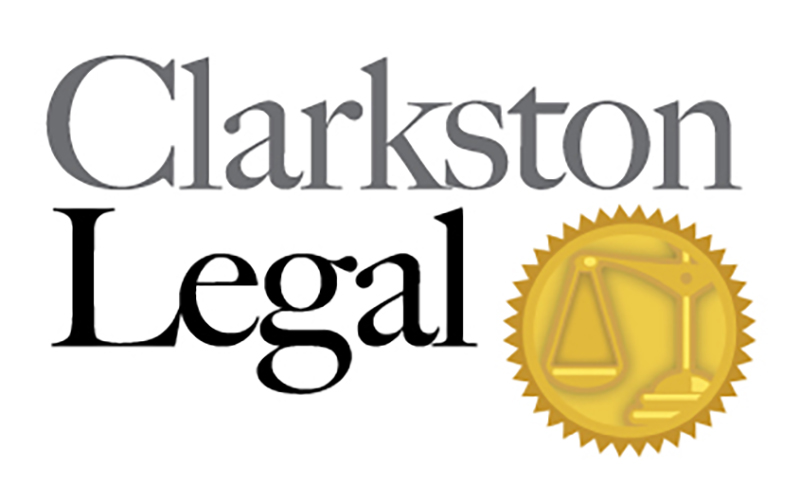Retirement Assets Division Attorneys in Waterford, Michigan
Retirement & Divorce
When a couple divorces, their assets must be divided; that includes retirement assets. These assets take many forms, but can be divided into two categories: defined benefit plans and defined contribution plans.
A majority of retirement assets are deferred income plans, including 401ks, IRAs, 457s, and 403bs. These plans are typically pre-tax dollars that have been withheld from the participant’s paycheck by the employer. Many employers contribute a “match” for the employee’s contributions, allowing participants to maximize their retirement savings. Employer matching in deferred compensation plans, to a large extent, has replaced pensions.
Qualified Domestic Relations Orders
The money deposited into these deferred compensation plans is not readily available until the plan participant reaches age 59 and 1/2. A person wishing to utilize the funds before that age is penalized 10%, in addition to paying taxes on the funds. This 10% penalty does not apply if the funds are transferred by a qualified domestic relations order (“QDRO”).
One financial advantage of executing a roll-over for a 401(k) or 403(b) is the alternate payee has the option of electing to take a portion of the roll-over into a non-qualified plan regardless of their age; effectively taking an immediate cash infusion on which they only need to pay taxes; no 10% penalty. This flexible option provides the alternate payee with cash when they may need it most.
Defined contribution plans are less common these days. Such plans are the classic pensions, often associated with the automotive industry’s original equipment manufacturers, large “tier-I” suppliers, teachers and union employees.
Here to Protect Your Future
Contact UsIn a defined contribution plan, an employer contributes to a specific pension fund investment, and the employee’s retirement benefit is determined by their years of service. They must achieve a certain age and a certain number of years of service prior to being eligible to receive the benefit which takes the form of a monthly payment for the rest of their life. These plans are also subject to division by QDRO in a divorce.
The divorcing spouse receiving a portion of the employee’s pension benefit is referred to as the alternate payee. If the retirement plan in question is a defined benefit plan, the alternate payee cannot begin collecting until the participant spouse reaches an eligible age referred to as the “earliest possible retirement age”.
The form of roll-over that is best depends on the individual facts of the case. In some situations, the alternate payee needs cash on hand in order to set up a new home or pay off marital debts. In others they are able to invest the money into their own qualified retirement account, earning tax-free interest until the money is withdrawn.
The QDRO is an order used to divide both defined benefit and defined contribution retirement assets. These orders are prepared by specialists with financial acumen, in-depth knowledge of the federal laws governing transfers of retirement assets, and experience with the myriad requirements of the various institutional plan administrators.
The QDRO is a highly technical legal document and requires the work of both a divorce attorney and a specialist to ensure the document is prepared correctly. The divorce lawyer needs to be sure that the intent of the parties is set forth clearly in the judgment so the QDRO specialist has a specific script from which to operate.
We Have Attorneys Who Can Help
One important aspect of dividing retirement assets is to be sure any pre-marital portion is preserved as a separate asset of the employee-spouse.
The Waterford & Clarkston retirement asset division lawyers at Clarkston Legal have extensive experience in dividing retirement assets and work closely with a variety of QDRO specialists in order to properly value, divide, and protect your retirement assets.

